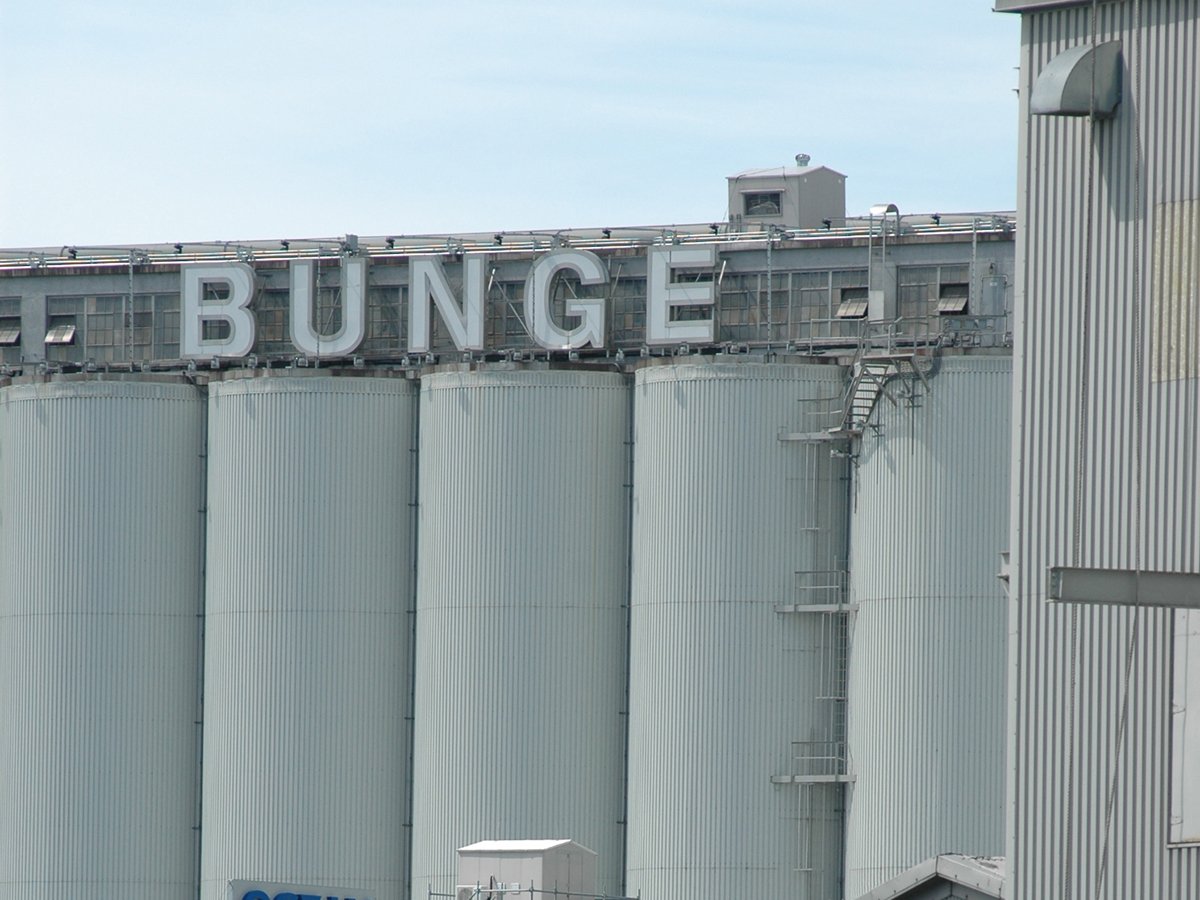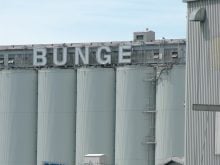A fertilizer analyst says farmers should expect nutrient prices to stay high for the next two years.
But Stephen Hollinger, business research manager with Agrium Inc., said new nitrogen plants will start to come on stream early in the next century and prices might soften then.
Canadian farmers saw fertilizer prices soar in the last two years, biting into revenue from rising grain prices.
Hollinger said at an agricultural outlook conference in Saskatoon that burgeoning demand for grain and meat in Asia will also keep fertilizer demand high.
Read Also

Bunge’s crop mix is changing
Bunge has predominantly been a soybean processing firm, but that’s about to change after the merger with Viterra with softseed processing and grain merchandising gaining ground.
Many analysts have said growing population and per capita income, limited arable land and other factors paint a bright future for agriculture, he said.
Fearing there was too much agreement, Agrium did a study “to see if there was something that could bust this scenario. Our conclusion was that we didn’t see a bust, only a boom.”
The key is the number of middle-income earners in Asia, Latin America and the former Soviet Union, which Hollinger said will grow to 1.3 billion people in 2005 from 735 million today.
“This shift in income will make a substantial shift in demand for poultry and red meat.”
The increased demand for livestock will increase demand for feed grains and meal but because there is little new land to cultivate and irrigation development is limited by water constraints, production growth will have to come from increased fertilizer use, he said.
This demand will consume the slight increase in nitrogen production expected in the next three or four years.
“There is very little excess capacity in the world and all it would take is a couple of plants somewhere to shut down for some reason and there would be an absolute shortage. God knows what would happen in commodity market prices under that situation.”
Not enough profit
But barring a disaster, prices will vary little. Producers will make money, but not enough to build a $500 million world-scale nitrogen plant, Hollinger predicted.
There are few phosphate producers in the world, the main source being the southeastern United States. Producers there are running at capacity now.
“Purchases by China, India and elsewhere around the world is more than straining existing capacity.”
Hollinger estimated phosphate prices will hold steady or rise slightly in the next five years.
There is more surplus potash production in the world, but because Canadian producers dominate the market and co-operate in supply management, prices should hold steady, he said.
As for next spring in Western Canada, Hollinger estimated canola and flax acreage will increase by about 30 percent over this year. Cereal area will decline. Canola is a high fertilizer use crop.
“But because of the high prices for fertilizer and low grain price, application rates on other commodities are likely to go down this year,” leading to the same overall demand for fertilizer in 1997, he said.
He added that although the futures market price for natural gas, the main component of nitrogen fertilizer, has risen in the last six months, it hasn’t affected Canadian nitrogen prices.
There are proposals for new gas pipelines from Alberta to the United States and when built, could mean nitrogen producers will have more competition for feedstock.














